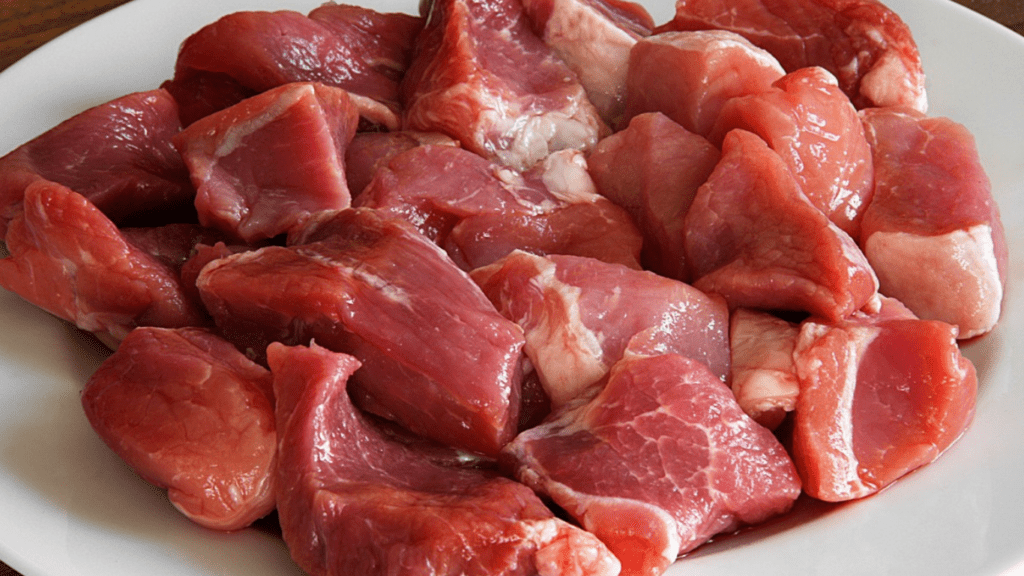Decoding the Basics of Pet Food Labels
Pet food labels provide crucial information to ensure your pet receives proper nutrition, though they can be challenging to decipher. I’ll break down the key elements to help you understand what you’re feeding your pet.
Understanding Product Names
Product names on pet food labels often reveal the product’s main ingredients and their proportions. The FDA has specific guidelines for pet food names:
- Chicken Dog Food indicates at least 70% chicken.
- Chicken Dinner means chicken comprises at least 10% of the total content.
- With Chicken signifies the product contains at least 3% chicken.
- Chicken Flavor suggests the presence of enough chicken to be detectable by your pet.
Recognizing these terms helps determine the primary ingredient in the food and its quantity.
Ingredients and Nutrient Analysis
The ingredient list on pet food labels follows a descending order by weight, showing what goes into the food.
Common ingredients include:
- Meat (e.g., chicken, beef): Primary source of protein.
- Grains (e.g., rice, corn): Provide carbohydrates and fiber.
- Vegetables (e.g., peas, carrots): Offer vitamins and minerals.
- Additives (e.g., preservatives, flavors): Enhance shelf life and taste.
Nutrient analysis provides the percentages of essential nutrients like protein, fat, fiber, and moisture. For example:
| Nutrient | Minimum Percentage |
|---|---|
| Protein | 18% (dogs), 26% (cats) |
| Fat | 8% (dogs), 9% (cats) |
| Fiber | 5% (both) |
| Moisture | 10% (both) |
These values help assess if a product meets your pet’s dietary needs. Look for AAFCO (Association of American Feed Control Officials) guidelines to ensure balanced nutrition.
Understanding these elements can simplify your choices, ensuring you select the right food for your pet’s health.
Regulatory Standards for Pet Food Labeling
Pet food labels follow specific regulatory standards. These rules ensure products are safe and informative for pet owners.
Role of AAFCO in Pet Food Labeling
The Association of American Feed Control Officials (AAFCO) plays a crucial role in pet food labeling. AAFCO sets model guidelines and definitions for pet food ingredients, guaranteeing standardization and clarity.
Although AAFCO doesn’t have regulatory power, state agencies often adopt its guidelines. A pet food claiming to meet AAFCO standards has undergone evaluations to ensure it provides complete and balanced nutrition.
Understanding Product Claims
Product claims on pet food labels can be confusing. Regulatory standards ensure these claims are truthful and not misleading. Labels showing terms like “natural,” “organic,” or “human-grade” must meet specific criteria:
- Natural: Products must only contain ingredients derived from plant, animal, or mined sources without synthetic additives.
- Organic: Ingredients must meet the USDA’s organic certification standards.
- Human-grade: All ingredients must be fit for human consumption.
Pet food labels also include nutritional adequacy statements, guiding owners on whether the product meets a pet’s nutritional needs for a specific life stage.
Key Nutrients in Pet Nutrition

Pet nutrition rests on a few essential nutrients to maintain optimal health. Understanding these nutrients ensures your pet’s diet meets all their needs.
Proteins, Fats, and Carbohydrates
Proteins play a vital role in pet nutrition. They help with muscle development and tissue repair. For instance, meat and fish are common protein sources in pet food.
Fats provide energy and support cell function. Chicken fat and fish oil are typical examples in pet diets. Carbohydrates are another key nutrient, supplying energy to keep pets active. Ingredients like brown rice and sweet potatoes often supply necessary carbs.
Vitamins and Minerals
Vitamins are crucial for metabolic processes. Vitamin A supports vision and immune health, while Vitamin D aids in calcium absorption.
Minerals like calcium and phosphorus contribute to strong bones and teeth. Additionally, zinc and iron support a healthy coat and energy levels. These nutrients are commonly added as supplements in commercial pet food to ensure they meet daily requirements.
How to Choose the Right Pet Food
Choosing the right pet food involves understanding various factors that influence pet health. It’s crucial to consider ingredient quality and special dietary needs.
Evaluating Ingredients and Quality
Evaluating pet food ingredients starts with checking the ingredient list, which is usually ordered by weight. Look for quality proteins like:
- chicken
- beef
- fish
as the first ingredient, as they are essential for pets’ muscle development and overall health. Avoid fillers such as corn, wheat, and soy, which offer limited nutritional value.
Grains can be included in pet food, but they should be whole grains like brown rice and oatmeal. Ensure the presence of essential fats, like those from fish oil or flaxseed, which support skin and coat health. Verify the inclusion of vitamins and minerals, crucial for pets’ immune systems, bones, and overall vitality.
Select products with minimal preservatives and artificial colors. Ingredients like tocopherols (vitamin E) and rosemary extract are natural preservatives and a better choice for long-term health.
Special Dietary Needs and Choices
Some pets have special dietary needs due to allergies, intolerances, or medical conditions. Determine if your pet requires grain-free, limited ingredient, or prescription diets.
For pets with allergies, choose hypoallergenic foods with novel or single protein sources like duck or venison to minimize reactions.
Pets with specific health issues, like kidney disease or obesity, benefit from diets tailored to their conditions. Prescription diets offer balanced nutrition while addressing these health concerns.
Always consult your veterinarian before switching to a specialized diet to ensure it meets your pet’s requirements.
By understanding these factors, you’ll make informed decisions and select the right food for your pet’s health and enjoyment.


